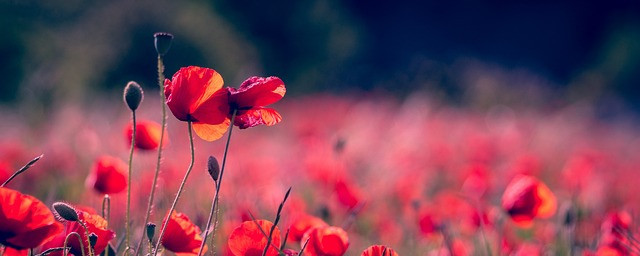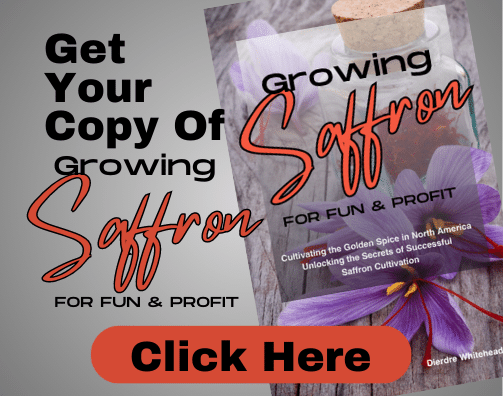When it comes to creating stunning floral arrangements, incorporating cut flowers adds a touch of elegance and vibrancy. Among the myriad of options available, poppies stand out for their delicate beauty and captivating colors. In this blog post, we will explore the best varieties of poppies for cut flowers, discuss their vase life, and provide insights on how to harvest them for optimal results. Additionally, we will delve into the soil requirements and debate whether it’s better to plant poppies as seedlings or by seed. Do beautiful poppies make good cut flowers? Let’s dive into the world of cut poppies and unlock their potential!

Best Varieties of Poppies for Cut Flowers
Poppies come in a wide range of varieties, each offering its unique charm and allure. However, some varieties are particularly well-suited for cut flower arrangements. Here are a few notable ones:
1. Shirley Poppies: Renowned for their delicate, papery petals and diverse color palette, Shirley poppies are a popular choice among florists. They offer a whimsical touch to any arrangement.
Height: Shirley poppies typically reach a height of around 2 to 3 feet (60 to 90 cm) when fully grown. These poppies should be spaced approximately 8 to 12 inches (20 to 30 cm) apart in the garden to allow sufficient room for growth. Shirley poppies are generally resistant to common pests. However, they may occasionally face issues with aphids or slugs. Regular monitoring and appropriate pest control measures, such as organic insecticides or manual removal, can help manage these challenges.

2. Icelandic Poppies: With their striking colors and sturdy stems, Icelandic poppies are a favorite for cut flower enthusiasts. These long-lasting blooms are available in shades of orange, yellow, pink, and white.
Icelandic poppies have a compact growth habit, reaching a height of about 12 to 24 inches (30 to 60 cm). Plant these poppies approximately 6 to 10 inches (15 to 25 cm) apart to give them enough space to thrive. Icelandic poppies are susceptible to aphids and spider mites. Introduce beneficial insects like ladybugs or use organic insecticides to control these pests. Proper air circulation and avoiding waterlogged soil can also help prevent fungal diseases.
3. Oriental Poppies: Known for their large, showy flowers and vibrant colors, Oriental poppies make a bold statement in any bouquet. Their robust stems and prolonged vase life make them a reliable choice.
Oriental poppies are known for their tall stature, often growing between 2 to 4 feet (60 to 120 cm) in height. Provide ample space between Oriental poppies, spacing them approximately 18 to 24 inches (45 to 60 cm) apart. These poppies are generally hardy but may occasionally face challenges with powdery mildew or rust. Adequate air circulation, well-drained soil, and avoiding overhead watering can help prevent these fungal diseases. Monitor for pests like slugs or snails and take appropriate control measures if necessary.

Remember, while these varieties have specific growth requirements and potential pests, proper care, including regular watering, adequate sunlight, and appropriate soil conditions, can greatly enhance their growth and resilience. With their vibrant blooms, Shirley, Icelandic, and Oriental poppies can add a touch of natural beauty to any cut flower arrangement.
Vase Life of Cut Poppies
The vase life of cut poppies can vary depending on various factors, including the variety, growing conditions, and post-harvest care. On average, poppies can last for about 3 to 7 days in a vase.
To extend the vase life of your cut poppies, follow these tips:
– Harvest the flowers early in the morning when the buds are just starting to open.
– Use a clean vase filled with fresh, lukewarm water.
– Remove any foliage that would be submerged in water to prevent bacterial growth.
– Trim the stems at an angle under running water to encourage water uptake.
– Change the water every two days and recut the stems.
Harvesting Poppies for Best Results
To ensure the best results when harvesting poppies for cut flowers, timing is crucial. Harvesting them at the right stage ensures optimal vase life and vibrant blooms. Here’s what you need to know:
Wait until the poppy buds have reached the “marshmallow” stage. At this point, the bud is firm yet still pliable. If the bud is too tight, it won’t open fully, and if it’s too open, the petals may drop prematurely.
To harvest, grasp the stem near the base and cut it with a sharp, clean knife or pair of shears. Avoid “milking” the stem, as this can reduce the vase life of the flowers. Place the harvested poppies immediately in a bucket of lukewarm water to prevent wilting.

Soil Requirements and Planting Methods
Poppies thrive in well-drained soil, enriched with organic matter. They prefer slightly alkaline to neutral soil with a pH range of 6.5 to 7.5. Adequate drainage is crucial, as excessive moisture can lead to root rot.
You can choose to plant poppies either as seedlings or by seed. Starting them indoors as seedlings allows for better control over environmental conditions, ensuring a higher success rate. Sow the seeds in trays or pots filled with a well-draining seed-starting mix, and transplant them outdoors when they have developed a few true leaves.
Alternatively, poppies can be directly sown into the garden bed in early spring or fall. Prepare the soil by removing weeds and incorporating compost. Scatter the seeds lightly on the soil surface and gently press them into the soil. Keep the area moist until germination occurs.

Conclusion
Integrating cut poppies into your floral arrangements can elevate their beauty and add a touch of whimsy. With their captivating colors and delicate petals, poppies are an excellent choice for any bouquet or centerpiece. By selecting the best varieties, understanding their vase life, and implementing proper harvesting and planting techniques, you can maximize the visual impact of these enchanting flowers. So, whether you’re a professional florist or a passionate home gardener, embrace the charm of cut poppies and infuse your floral creations with their natural allure.




It’s both fascinating and informative to see how Dierdre sees the poppy as a cut flower. Their uniqueness and suitability for flower arrangements can be illustrated by the careful consideration given to different varieties of poppy, such as Shirley, Icelandic or Oriental. A thorough understanding of how to nurture these blooms is evident in the incorporation of growth patterns, as well as recommendations and measures for controlling pests. Valuable advice on keeping the beauty of cut poppies preserved is available in discussions about vase life and preservation techniques. This article is a lovely journey into the world of cut flowers, an invitation for readers to appreciate and accept the romance of poppies.
Thanks Liam
Poppies are so beautiful and need to be included in cut flower arrangements. Thanks for the comment. I hope others love them as much as I do.
Deedeek